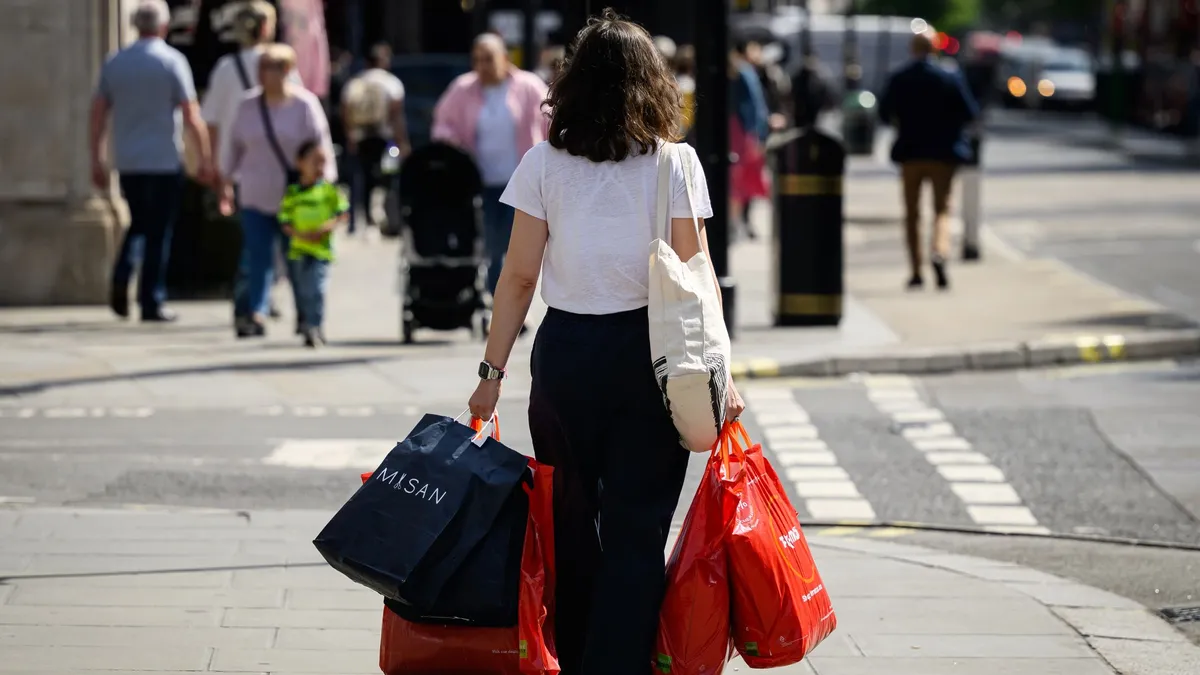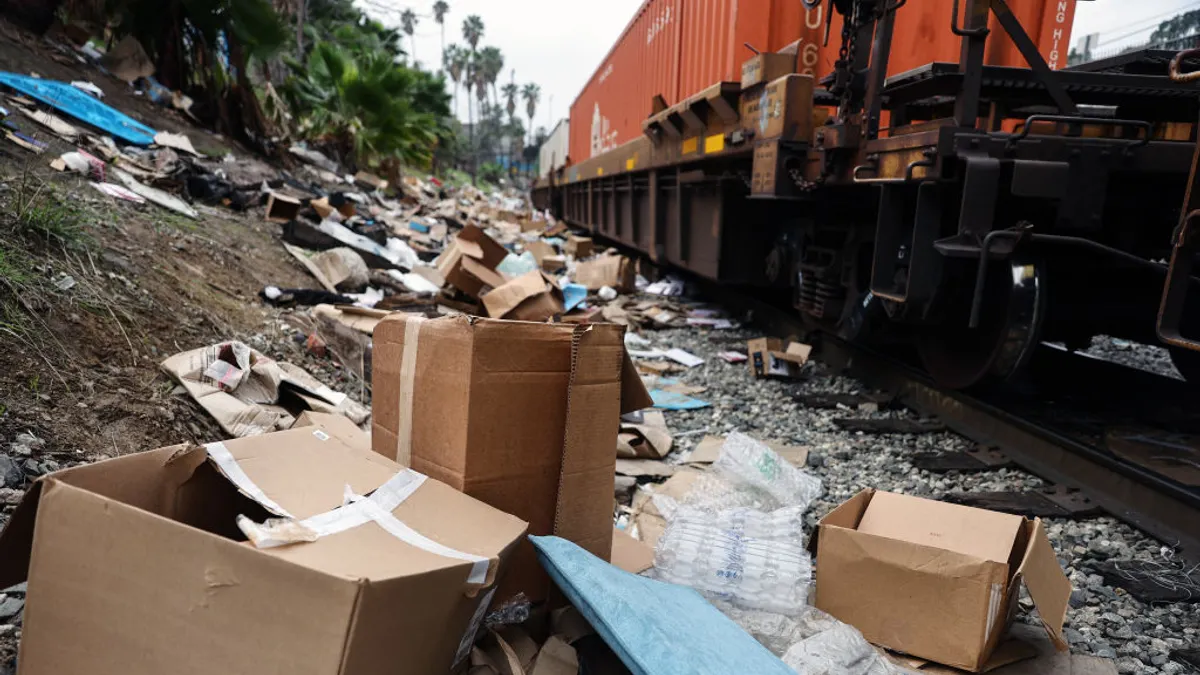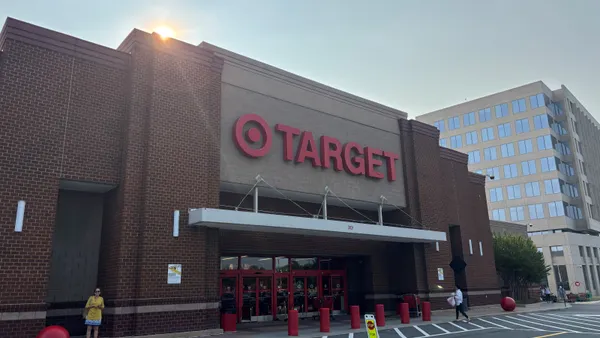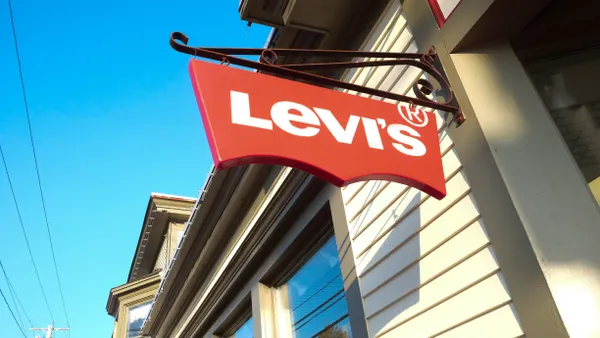Through most of 2025, retailers and brands have told investors they will bump up prices where they can in order to mitigate the fallout from tariffs. As consumers contend with fresh economic challenges — and as the holidays draw nearer — this already intricate balance of protecting margins and maintaining demand is getting more fraught.
In May, Target CEO Brian Cornell called price increases a “last resort.” In their latest calls with analysts, executives from the major off-price companies said they’re keeping a sharp eye out for what mainstream retailers do in order to raise prices yet maintain their value advantage. Last month, Walmart CEO Doug McMillon said the retail giant is “keeping our prices as low as we can for as long as we can.”
There’s a reason to be wary. Tariff-related price increases and a softening employment picture have undermined consumer confidence and, in turn, spending, according to a report last week from Moody’s Ratings. In July, for example, real personal consumption expenditures rose about 2.2% year over year, quite a bit slower than the 3%-plus rates of late 2024, per that report. In August, sales in the mostly discretionary categories covered by Retail Dive rose a healthy 5.5%, but volumes barely budged or even fell.
“We expect US consumer spending growth to remain lackluster through 2025, and for its recovery, likely beginning in late 2026, to be uneven across income groups and spending categories,” Moody’s Ratings analysts led by Claire Li wrote. “Labor market weakness and elevated prices will continue to pressure consumers, though modest real income growth and solid household balance sheets will help avoid sharp spending cutbacks.”
It’s unsurprising that wealthier households are spending more while lower-income ones are more circumspect, but that divide is deepening, according to Moody’s research. Lower-income households are prioritizing essentials like groceries while higher-income ones continue to buy higher-end goods despite rising prices, Moody’s found.
And prices on luxury goods are rising, especially in segments, like mid-tier handbags and denim, that are in highest demand, according to research from intelligence platform Competitoor. For the 12 months ending Sept. 5, high-end luxury handbags rose 9%; mid-tier luxury handbags rose 14%; women’s sneakers rose 12%; women’s boots rose 9%; and women’s denim jackets rose 34%, per that report.
“These price increases reflect new products that have entered the U.S. subject to tariffs,” said Maurizio Catellani, CEO of Competitoor. “Brands said they’d increase prices strategically, on higher-tier items, which is what we’re seeing across the brands we track.”
Tariffs’ effects on prices are harder to escape as the holidays approach, and retailers catering to lower-end consumers are especially concerned, according to Wells Fargo analysts led by Edward Kelly, reporting last week on a conference they had with several executives.
“The consumer seems to be hanging in, with elasticity encouraging, but the September shoulder period is a question [as] tariff pricing is ramping into fall/holiday,” they said.















